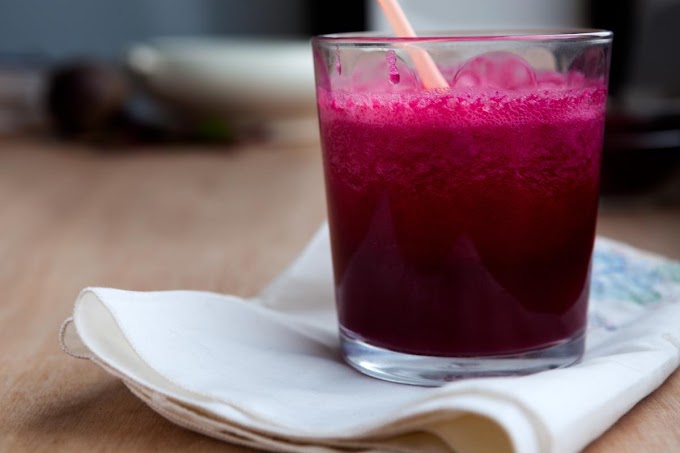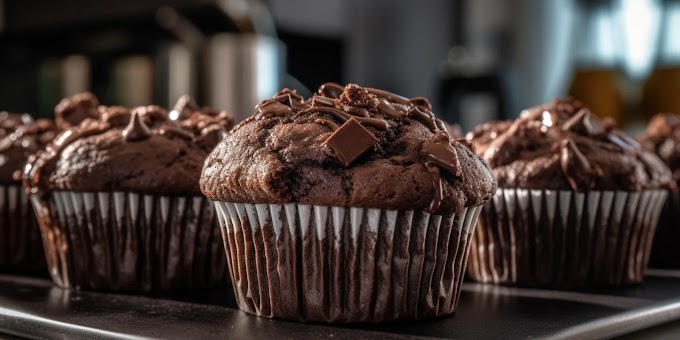Fried fish is a beloved dish enjoyed in many cultures around the world. It’s crispy, flavorful, and can be served in a variety of ways, whether alongside fries, vegetables, or a fresh salad. However, one of the most common challenges home cooks face is preventing the fish from sticking to the pan. It’s frustrating when your perfectly seasoned and battered fish adheres to the cooking surface, leaving half of it behind. But don’t worry, with the right techniques and tips, you can easily avoid this issue. This blog will walk you through practical methods to make fried fish without it sticking to the pan.
1. Choose the Right Type of Fish
The type of fish you use can play a role in how well it cooks in the pan. Some fish, like salmon or trout, tend to be oilier and naturally release more fat during cooking, which helps them stick less to the pan. On the other hand, lean fish like cod or tilapia are more likely to stick. If you’re using a lean fish, you’ll need to be more cautious with your cooking method.
To minimize sticking, try selecting fish that hold up well to frying. Fish like halibut, bass, or snapper have firmer textures and can handle pan frying better than more delicate types of fish.
2. Use the Right Pan
A major factor in preventing fish from sticking is using the right type of pan. While non-stick pans seem like the obvious choice, they’re not always the best for achieving a crispy exterior on your fish. Cast iron and stainless steel pans are preferred by professional chefs for pan-frying fish because they conduct heat evenly and help create that perfect crust.
When using a stainless steel or cast iron pan, be sure to properly preheat it. If the pan is too cold when you add the fish, the fish will stick. Conversely, if the pan is too hot, the fish may burn before it cooks through. The goal is to heat the pan over medium-high heat until it’s hot but not smoking.
3. Preheat the Pan Properly
One of the most common reasons fish sticks to the pan is improper preheating. Before adding the fish, allow the pan to preheat for a few minutes. You’ll know the pan is ready when a drop of water sizzles and evaporates almost immediately upon contact with the surface.
When the pan is hot enough, you create a barrier between the food and the cooking surface, which helps prevent sticking. This also allows the fish to develop a crispy exterior without adhering to the pan.
4. Season the Fish Correctly
How you season your fish can also make a difference in whether it sticks or not. After washing and patting the fish dry, season it generously with salt, pepper, and any additional spices you like. One trick that helps prevent sticking is to coat the fish lightly in flour, cornmeal, or a mix of both. The dry coating creates a barrier between the fish and the pan, which can prevent it from sticking.
If you prefer not to use flour, simply make sure the fish is as dry as possible before frying. Excess moisture is one of the primary reasons for sticking, as the water can create steam when it comes into contact with the hot pan, causing the fish to adhere to the surface.
5. Use Enough Oil
Many people don’t use enough oil when pan-frying fish, which can lead to sticking. For best results, you’ll need a sufficient amount of oil to cover the bottom of the pan, but not so much that it turns into deep frying. Choose oils with high smoke points, such as vegetable oil, canola oil, or grapeseed oil, as they can handle the higher temperatures required for frying.
Heat the oil until it shimmers, indicating that it’s hot enough for frying. If the oil is too cool when you add the fish, it will absorb more oil and stick to the pan. However, don’t let the oil get too hot and start smoking, as this can cause burning.
6. Let the Fish Form a Crust Before Flipping
A common mistake when frying fish is attempting to flip it too soon. When you place the fish in the hot pan, give it time to form a golden-brown crust. Trying to flip the fish too early, before the crust has had time to set, is one of the main causes of sticking.
To avoid this, don’t touch the fish for the first few minutes of cooking. Let it cook undisturbed until it naturally releases from the pan. You can test if the fish is ready to flip by gently shaking the pan or nudging the fish with a spatula. If it easily moves, it’s ready to flip. If it resists, give it a little more time.
7. Flip the Fish Carefully
When it’s time to flip your fish, use a thin metal spatula to carefully slide underneath and flip it in one motion. A wide spatula is ideal for this task, as it provides more support and helps prevent the fish from breaking apart. If the fish is still sticking slightly, don’t force it—give it another minute or two to finish cooking on that side.
Also, don’t flip the fish too many times during cooking. Once per side is generally enough to ensure even cooking and a beautiful crust.
8. Control the Heat
Managing the heat level is crucial for preventing fish from sticking and ensuring it cooks evenly. While medium-high heat is typically ideal for frying fish, you may need to adjust the heat depending on the thickness of the fish and the type of pan you’re using.
If the fish is browning too quickly on the outside but still undercooked inside, reduce the heat slightly to give it more time to cook through without burning. Conversely, if the fish isn’t developing a crust, increase the heat slightly to help achieve that desired texture.
9. Allow the Fish to Rest After Cooking
Once your fish is cooked to perfection, resist the urge to serve it immediately. Allow it to rest for a couple of minutes on a plate lined with paper towels. This resting period allows the juices to redistribute within the fish, keeping it moist and flavorful. It also helps the fish retain its crispy exterior, making it even more enjoyable to eat.
10. Clean and Season Your Pan After Use
Taking care of your cookware is just as important as the cooking process itself. After frying fish, let your pan cool down before cleaning it. For cast iron pans, avoid using soap as it can strip the seasoning. Instead, clean it with hot water and a stiff brush, then dry it thoroughly and apply a thin layer of oil to maintain the seasoning.
If you used a stainless steel pan, clean it with warm soapy water and a soft sponge to remove any residue. Proper care of your pans will ensure they remain in good condition and perform well for future frying tasks.
Conclusion
Making fried fish without it sticking to the pan is all about preparation, technique, and timing. By following these steps—using the right pan, properly preheating it, seasoning the fish, and using enough oil—you’ll be able to achieve perfectly fried fish every time. Remember to be patient and let the fish cook undisturbed until it naturally releases from the pan. With practice, you’ll master the art of frying fish without any sticking issues and enjoy delicious, crispy results every time!








Social Plugin